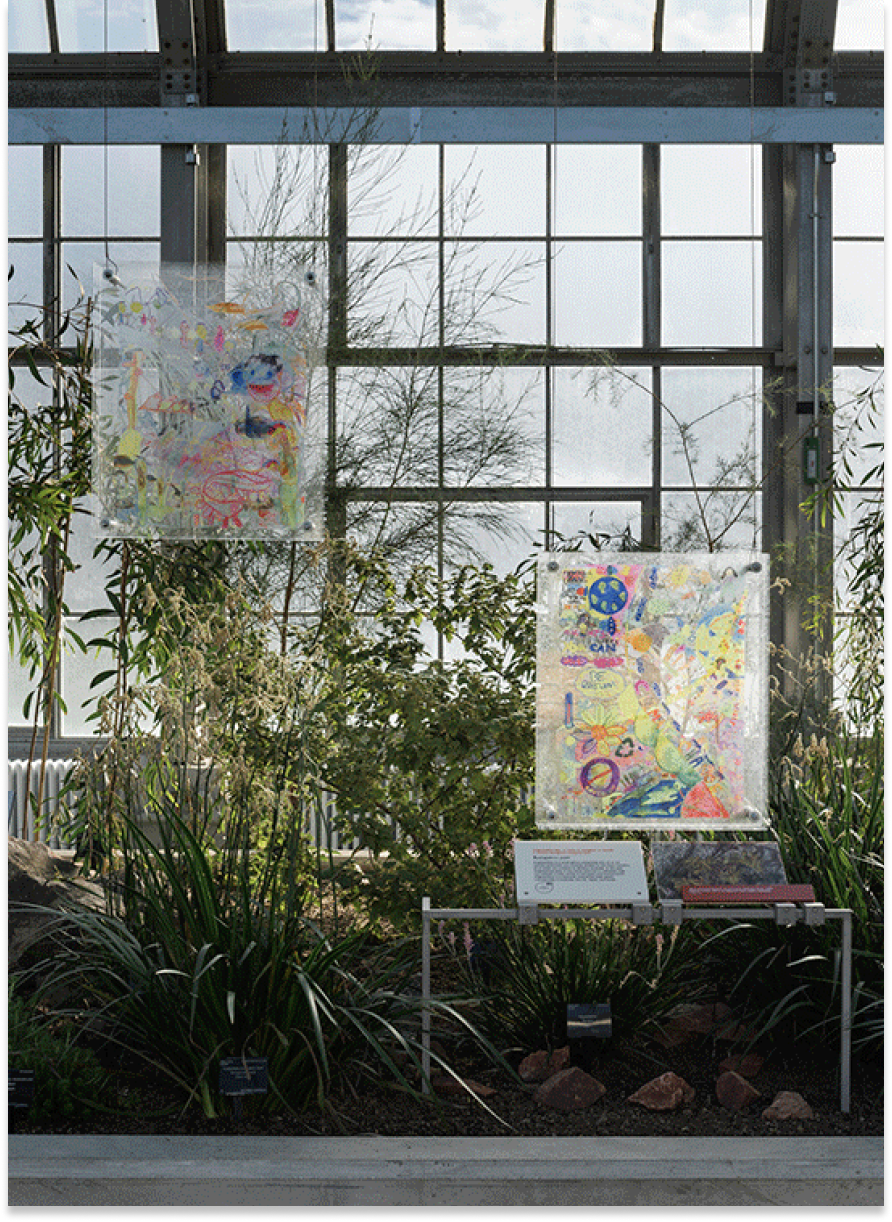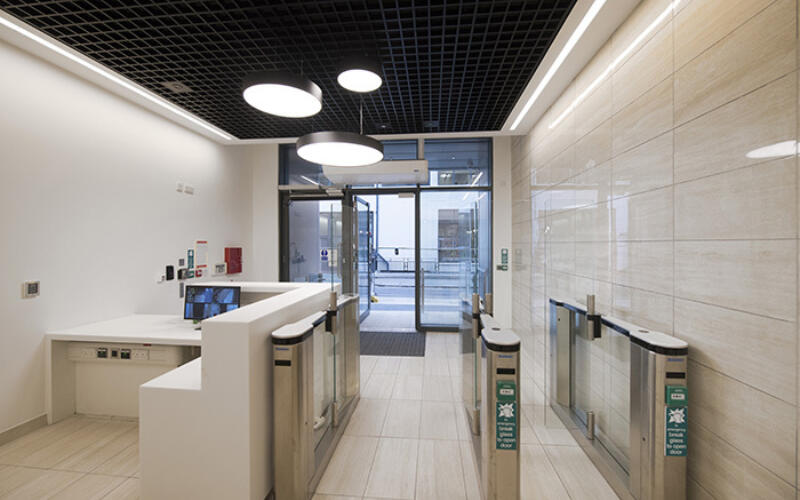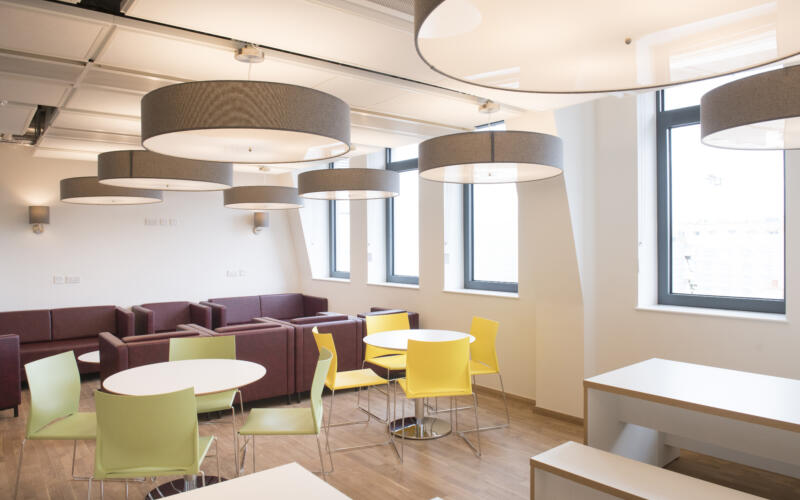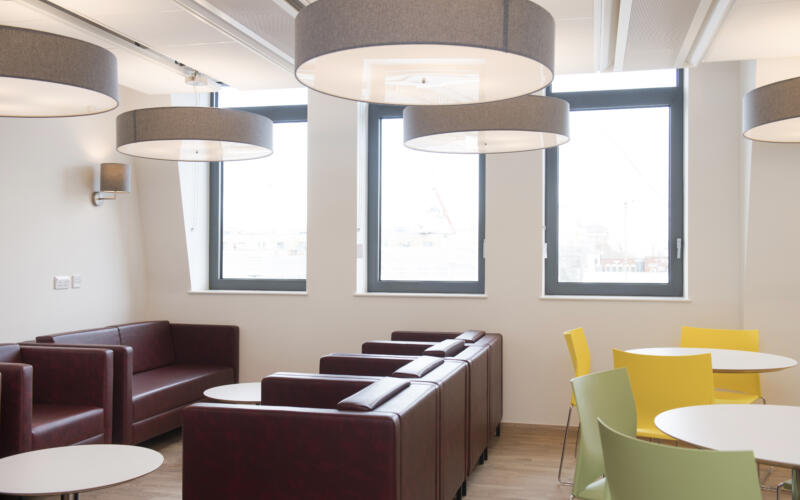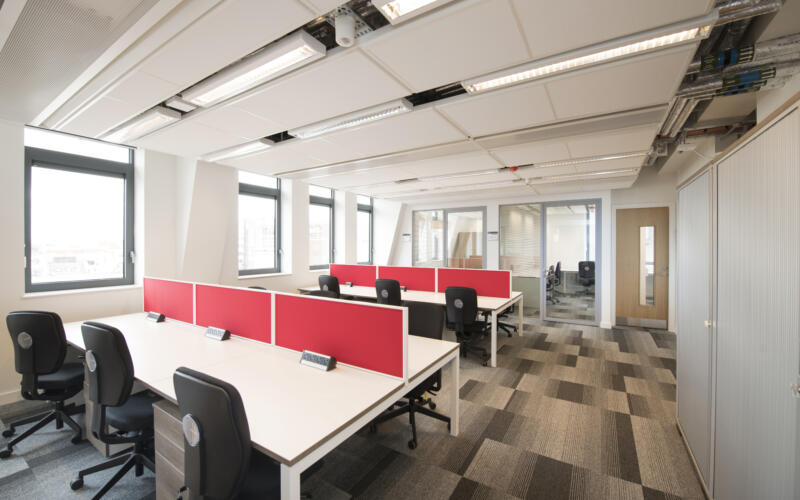The detail
Since its original construction in 1926 the Courtauld Building has been synonymous with cutting-edge scientific research.
Despite a ten-year hiatus from 2008, when it remained unoccupied, the flagship UCL research facility’s world-leading status was restored in 2018 following our extensive £17m transformation project. Creating the working environment for the MRC’s Prion Unit to continue its revolutionary research, the revamp involved considerable external works including replacing the rear 1980s’ façade and roof, supplemented by the construction, and relocation, of a new main entrance at Cleveland Street.
Internally, the project encompassed the completion of new teaching spaces, research laboratories and support rooms, and the repositioning of the lift shafts and stairwell, which generated a more open and efficient overall area.
Cementing our relationship with UCL, the UK’s fourth ranked university, our Courtauld development was followed by an £11m phased refurbishment of its Grade II listed Kathleen Lonsdale Building.


